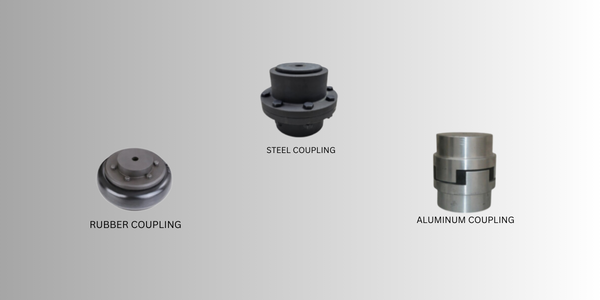Advantages and Disadvantages of Different Coupling Materials
In engineering and industrial applications, selecting the appropriate coupling material is crucial for ensuring optimal performance, efficiency, and longevity of machinery. This article delves into the comparative analysis of various coupling materials, highlighting their advantages and disadvantages to aid in decision-making processes.
When comparing various coupling materials, it's essential to consider factors such as mechanical properties, environmental conditions, and specific application requirements. Each material possesses unique advantages and disadvantages, impacting performance and longevity.
Steel Couplings
Steel couplings are renowned for their durability and strength, making them ideal for heavy-duty applications. However, their rigidity can lead to issues with misalignment and vibration transmission.
Aluminum Couplings
Aluminum couplings offer a lightweight and corrosion-resistant solution, making them suitable for applications where weight reduction is critical. Nevertheless, they may lack the strength required for high-torque operations.
Rubber Couplings
Rubber couplings excel in dampening vibration and shock absorption, enhancing equipment lifespan and reducing maintenance costs. Yet, they may degrade over time due to exposure to environmental factors.
Conclusion
Selecting the right coupling material is crucial for ensuring the efficient operation and longevity of machinery in various industrial applications. By weighing the advantages and disadvantages of different coupling materials, engineers and operators can make informed decisions that align with their specific needs and requirements.
When choosing a coupling material, consider factors such as torque requirements, operating environment, temperature range, and alignment tolerances to ensure optimal performance and longevity.
Yes, ceramic couplings are ideal for high-temperature environments due to their excellent heat resistance and corrosion properties.
Rubber couplings offer good resistance to environmental factors such as moisture, chemicals, and UV exposure. However, prolonged exposure to extreme conditions may lead to degradation over time.
While composite couplings offer a balance of strength and flexibility, they may not match the sheer strength of metal couplings in heavy-duty applications.
Aluminum couplings are naturally corrosion-resistant due to the formation of a protective oxide layer. However, they may still corrode in aggressive environments without proper surface treatment.
To minimize misalignment issues in steel couplings, ensure proper installation and alignment procedures are followed. Regular maintenance checks can also help identify and rectify any misalignment issues promptly.





